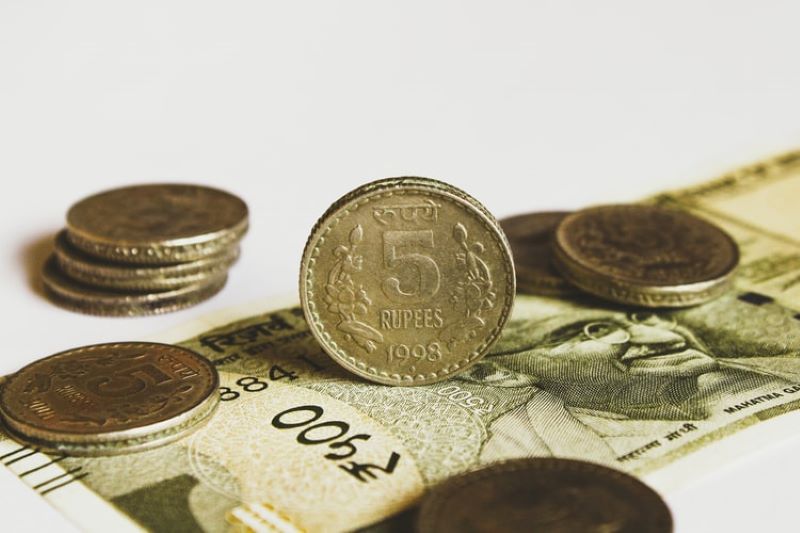 Kashmir GDP
Kashmir GDP Jammu and Kashmir's GDP to cross Rs 2 lakh cr in FY 2021-22, forecast to grow at 7.5 %
Srinagar: Gross Domestic Product (GDP) of Union Territory of Jammu and Kashmir is projected to cross Rs 2 lakh crore with a growth rate forecasted at 7.5 percent during the financial year of 2021-22.
“GDP growth for the year 2021-22 has been projected at 2.01 lakh crore which shows a growth of 7.5 percent,” reads an official document of the Central government.
In the previous financial year, J&K’s GDP was pegged over Rs 1.7 lakh crore. Gross domestic product (GDP) is the total monetary or market value of all the finished goods and services produced within borders of a state/ country in a specific time period.
As a broad measure of overall domestic production, it functions as a comprehensive scorecard of a given state’s economic health.
“The tax/GDP ratio is projected at 8.10 percent for 2021-22 which is higher than the previous year of 7.08 percent. Debt/GDP ratio for previous years has consistently remained below 48% which is within FRBM limits,” official document adds.
A senior official said that during last fiscal year when the lockdown was imposed across the country, there was not much impact felt on J&K’s GDP given its primary dependence on government expenditure and horticulture and agriculture sectors.
“There was no drastic impact on J&K’s GDP as was seen at the national level because our economy is government driven,” said a senior finance department official who wished not to be named. The official said that most of “J&K’s income comes from the government and its horticulture, agriculture and handicraft sectors, which are unlikely to contract.”
J&K’s economy is primarily services based and agri-oriented. Gross State Domestic Product (GSDP) increased at a CAGR of 10% between 2015-16 and 2018-19 to reach Rs. 1.56 trillion (US$ 22.31 billion).
“With varied agro-climatic conditions, the scope for horticulture is significantly high in J&K. Food processing and agro-based industries (excluding conventional grinding and extraction units) thrive in the UT. J&K has an ideal climate for floriculture and an enormous assortment of flora and fauna. J&K has Asia’s largest tulip garden,” it reads.
“J&K’s handicrafts are world famous and the traditional handicraft industry has emerged as a large industry. Due to its large employment base and export potential, the industry has been receiving priority attention from the government.”
The UT is also famous for its small-scale and cottage industries such as carpet weaving, silks, shawls, basketry, pottery, copper and silverware, papier-mâché, and walnut wood.
The cottage handicrafts industry provides direct and gainful employment to around 340,000 artisans. As of November 2020, J&K had a total installed power-generation capacity of 3423.13 MW, comprising 1812.35 MW under central utilities, 1535.98 MW under UT utilities and 74.80 MW under private utilities.
Support Our Journalism
We cannot do without you.. your contribution supports unbiased journalism
IBNS is not driven by any ism- not wokeism, not racism, not skewed secularism, not hyper right-wing or left liberal ideals, nor by any hardline religious beliefs or hyper nationalism. We want to serve you good old objective news, as they are. We do not judge or preach. We let people decide for themselves. We only try to present factual and well-sourced news.







